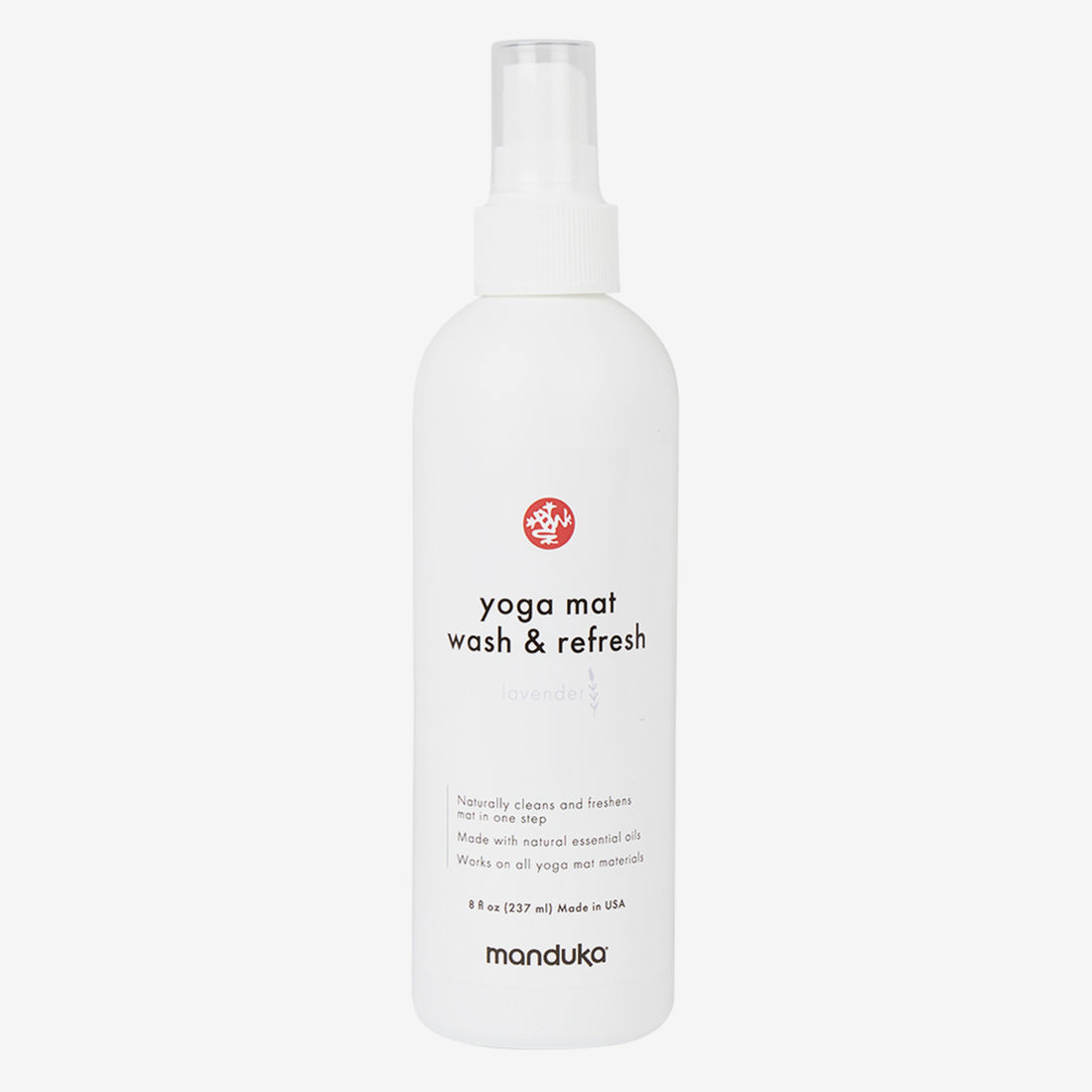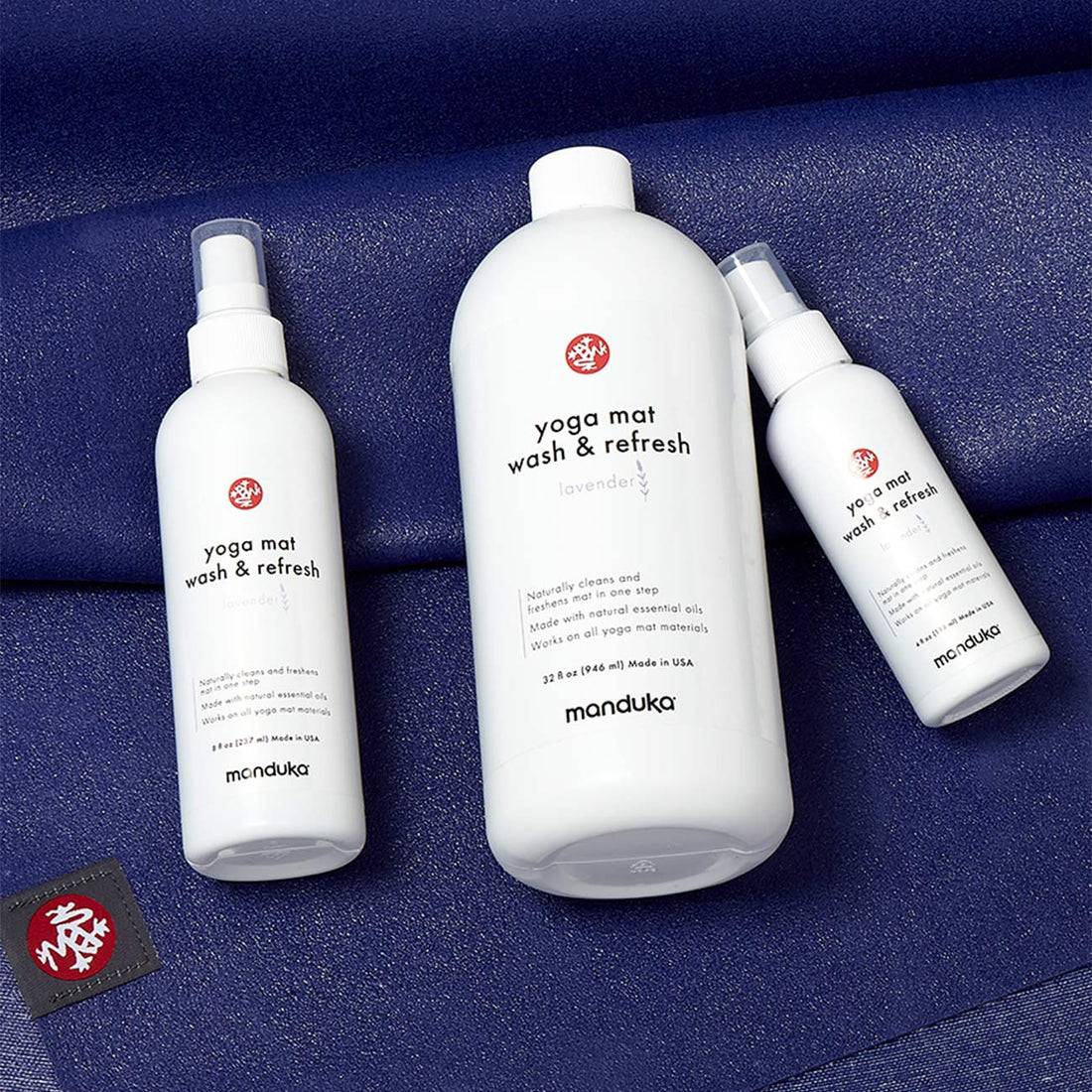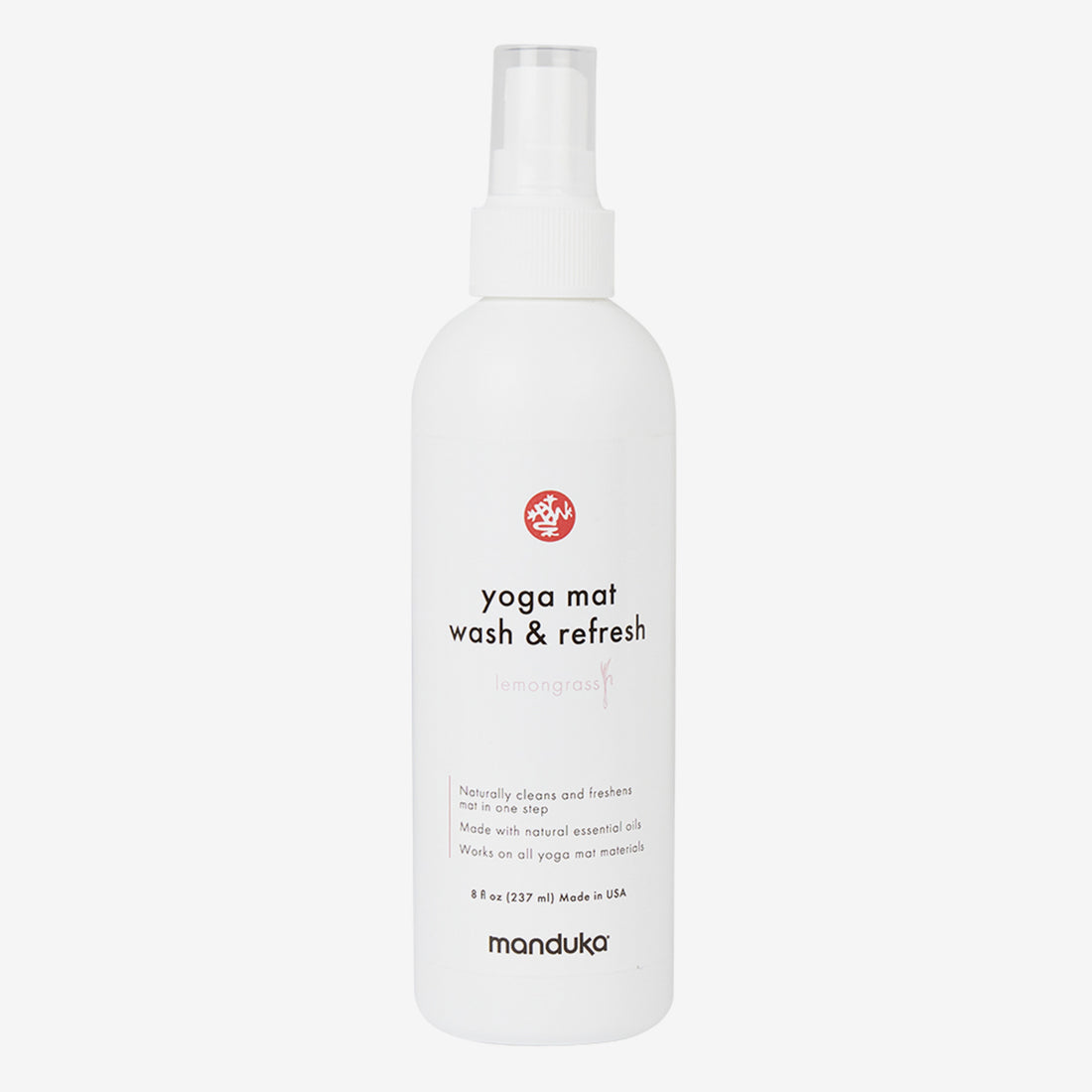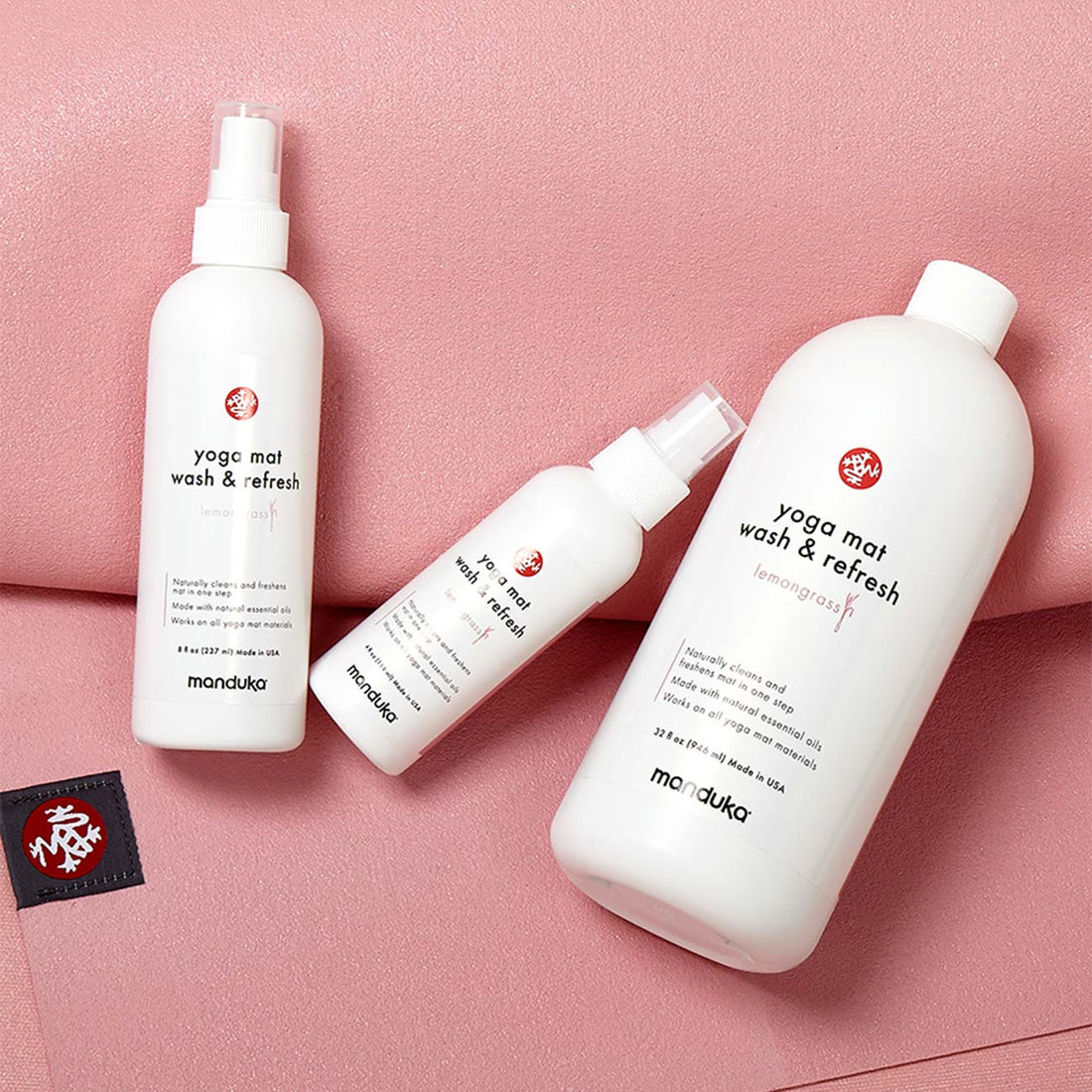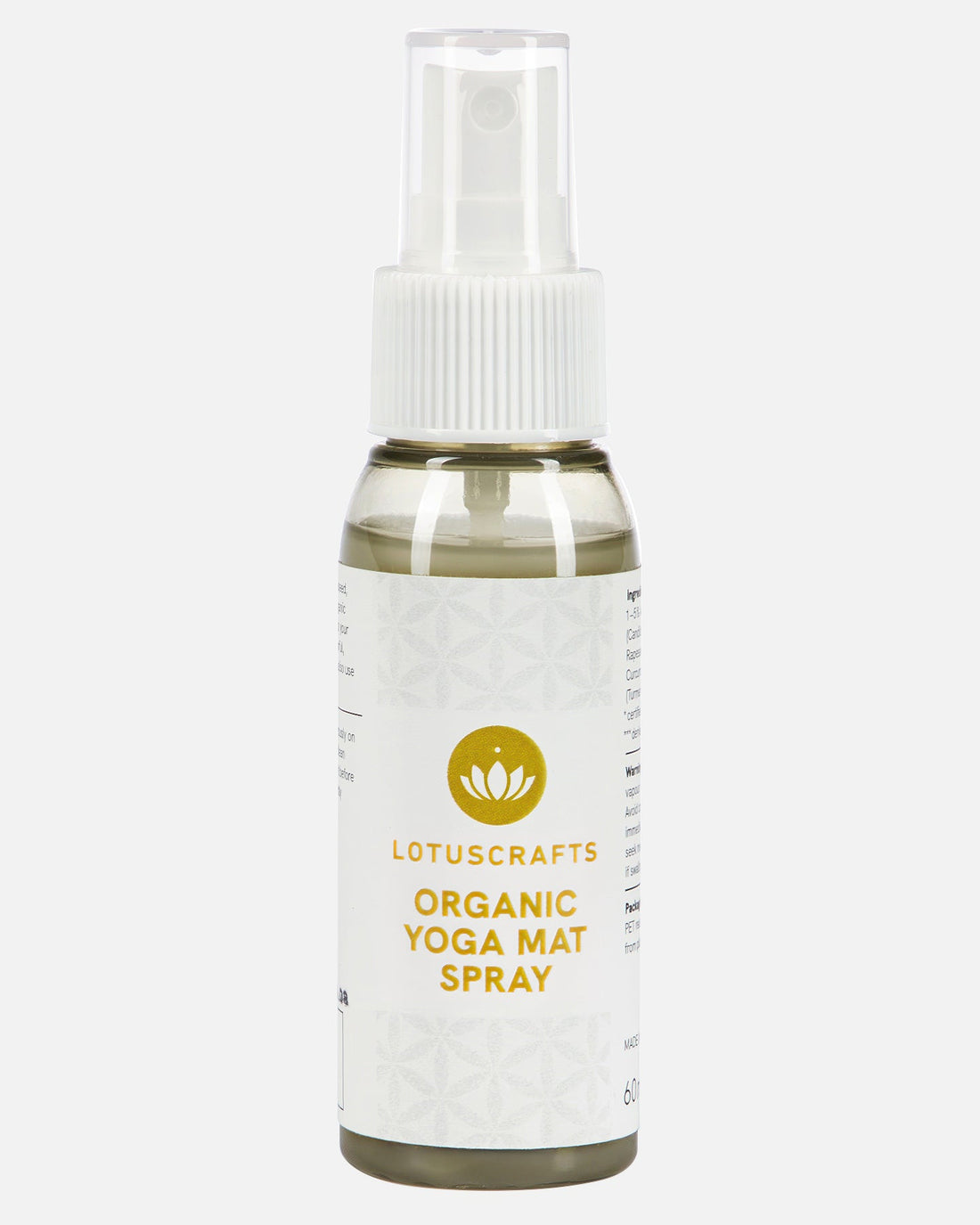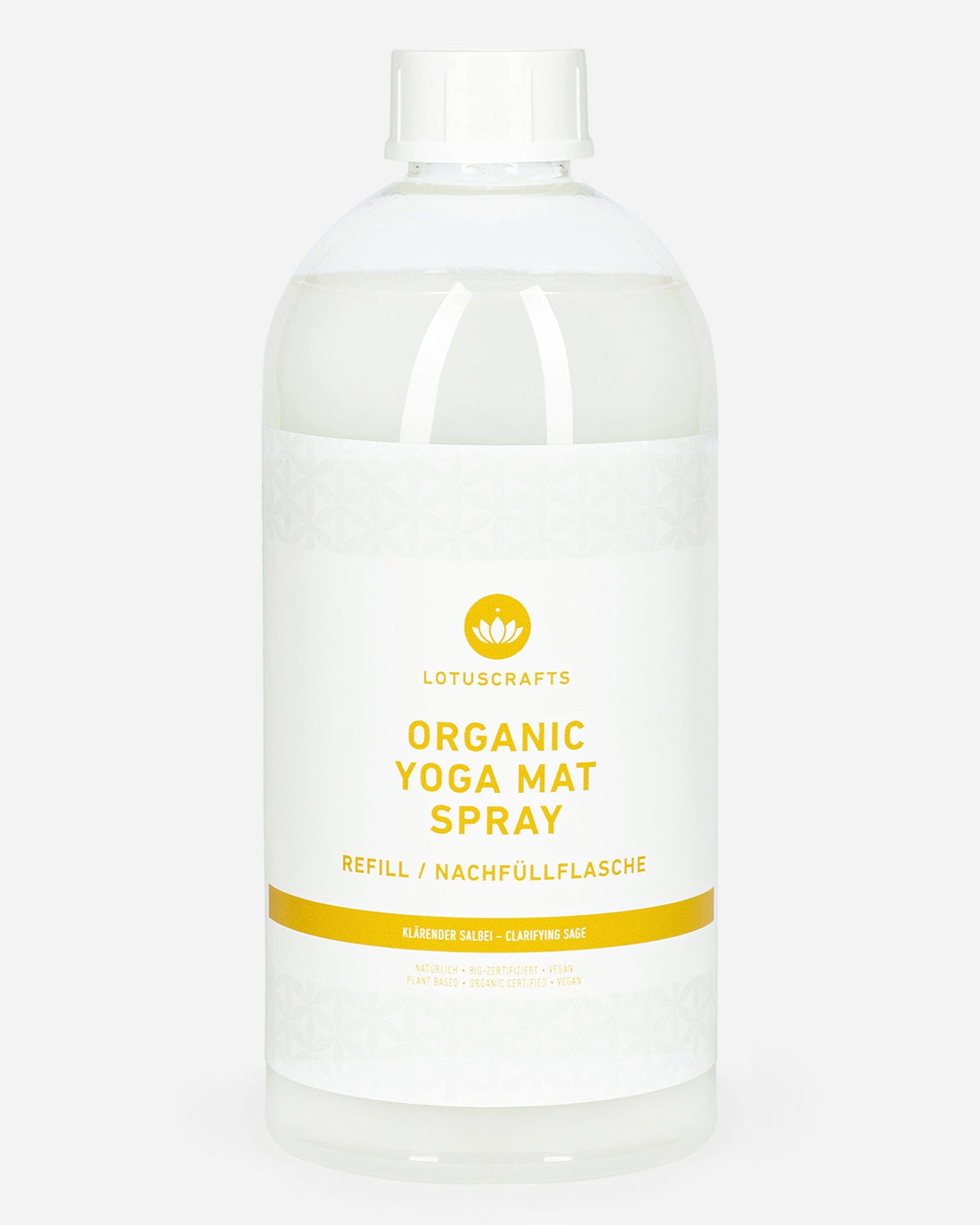Yoga mat care guide
How do you clean a yoga mat?
Have you found your ideal yoga mat and now want to enjoy it for as long as possible? Great, that's exactly what we want too. To avoid signs of wear and tear on your mat, we recommend that you care for and clean it regularly.
Depending on the material, yoga mats require different levels of care: PVC mats are relatively undemanding and easy to clean, while natural rubber mats require significantly more care. So that you know exactly what care your mat needs, we have put together some tips on mat care for you here.
In general:
- You can wipe any mat with damp water (not wet).
- Always allow all mats to dry thoroughly after cleaning , ideally hanging them up – up to 48 hours if necessary – and do not roll them up when they are still wet .
Care with mat sprays and cleaners: quick and easy
The easiest way to keep your mat fresh and clean is to use the appropriate ready-made cleaning mixture from the respective mat manufacturer. For example, Manduka offerscleaning sprays for PVC mats as well as for natural rubber mats ; b, halfmoon and JadeYoga also produce their own mat sprays for their mats.
All cleaners are simply sprayed onto the surface of the mat (or the underside if necessary) and wiped off with a damp cloth. The mat must then be allowed to dry before you roll it up again.
Which material tolerates which care?
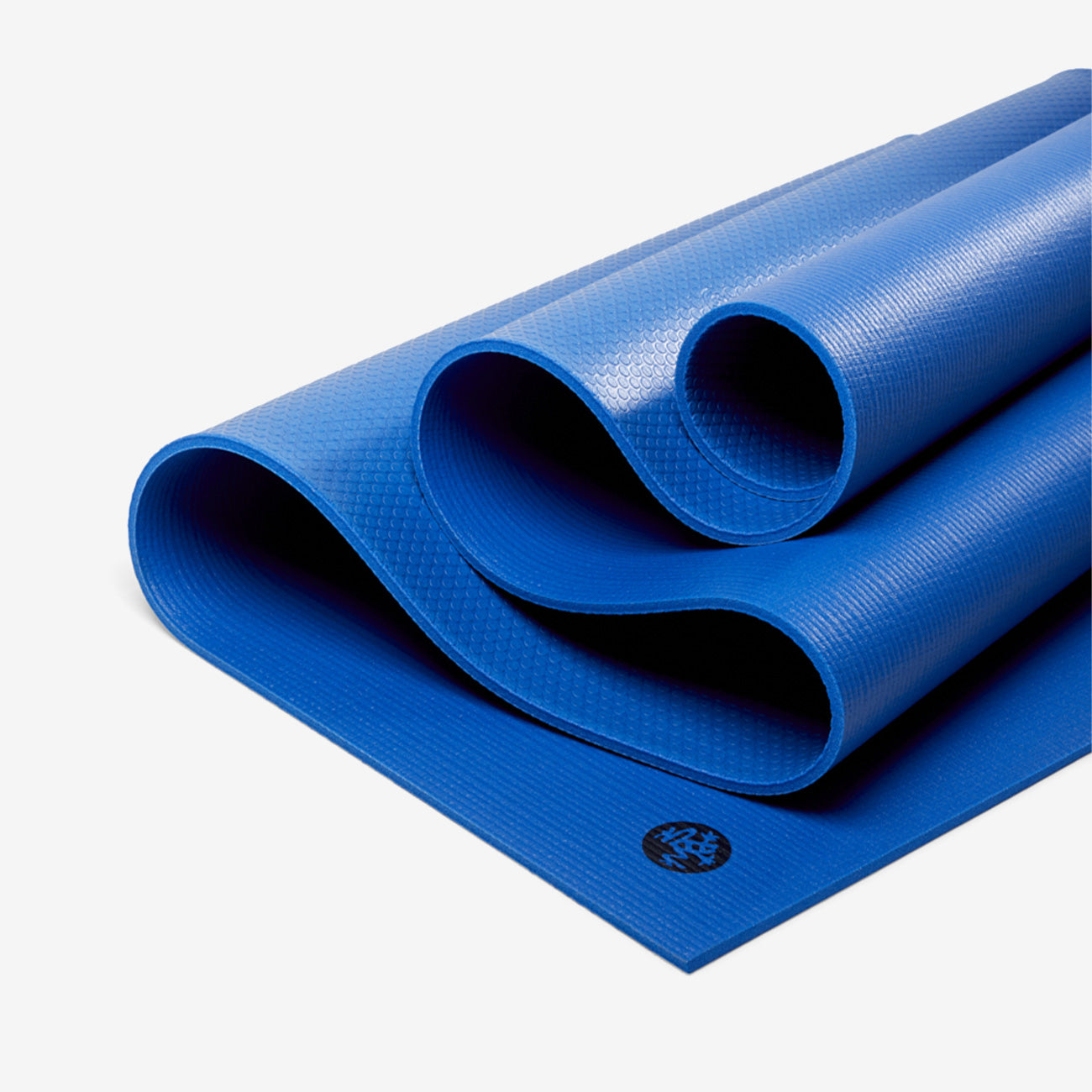
How do you clean PVC and TPE yoga mats?
PVC yoga mats are easy to clean and are particularly robust. Since they usually have a closed-pore surface, sweat, dirt and bacteria are not absorbed by the mat. This does not damage the mat (quite the opposite), but it can certainly affect its slip resistance.
We recommend wiping your PVC mat regularly with a damp cloth and then letting it dry. From time to time, you can also clean it more intensively, for example with a special yoga mat cleaner: simply spray on, wipe with a damp cloth, let it dry - done.
Alternatively, you can add a few drops of mild washing-up liquid to a large bowl of water and rub the mat with it. You can also use highly diluted disinfectant on your plastic mat (e.g. when using it as a studio mat).
TPE yoga mats are just as easy to clean as PVC ones: TPE mats, like PVC mats, must not be cleaned in the washing machine or bathtub – this could cause lasting damage to the mat.
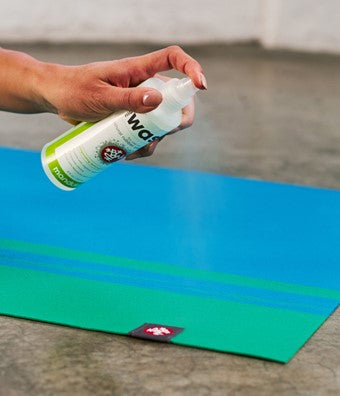
How do you clean natural rubber yoga mats?
Because of the natural material, natural rubber mats are environmentally friendly and very non-slip, but they also require relatively high maintenance - like the mats from Jade Yoga. The open-pored surface, which is responsible for the super grip, allows sweat, dirt and bacteria to penetrate the mat, thus limiting the lifespan of your mat. With the right care, however, you can enjoy your natural rubber mat for a long time.
The general rule for yoga mats made of natural rubber is: never use oily or soapy substances or treat them with alcohol or disinfectant solutions. Under no circumstances should you use soap, detergents or ordinary cleaning agents to clean them, as these will affect their slip resistance. We also recommend using essential oils, if at all, only in small drops together with plenty of lukewarm water. It is usually sufficient to wipe the mat regularly with a damp cloth. Alternatively, we recommend using special mat cleaners for natural rubber.
Important to note: Do not expose your natural rubber mat to direct or indirect sunlight - this will make the material porous and discolor. It is best to store your natural rubber mat in a yoga mat bag, protected from light. If you are not using it for a long time, we recommend rolling out your natural rubber mat every now and then and wiping it down with a damp cloth so that the rubber does not dry out.
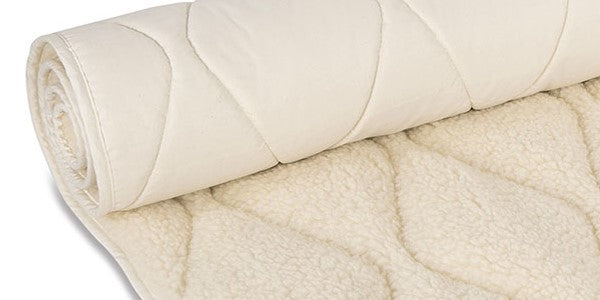
How do you clean wool yoga mats?
New wool mats are easy to clean: if necessary, simply wash the mat in the machine with liquid wool detergent in a wool or hand wash program on the lowest spin cycle. Alternatively, you can also rinse the mat briefly in the bathtub. The mat should dry completely before you roll it up again.
FAQ
Why is proper yoga mat care important?
With the right care, the mat's slip resistance is maintained, the material does not wear out so quickly, and the mat remains hygienically clean. Uncleaned mats lose all their positive properties after just a few months of use.
A yoga mat is not a substitute for a towel. Sweat is (sometimes) part of the practice, but not on your yoga mat. If you sweat a lot during yoga, then it is even more important to take care of your mat. Sweat is poison for the mat's slip resistance. We recommend wiping the mat with a damp cloth after your yoga session and letting it dry. If your mat needs a little more care, it is best to use a special mat spray for cleaning.
What can I do wrong when caring for my mat?
Using the wrong care spray - e.g. from the studio - or a cleaning mixture based on incorrect information from the internet can damage the material of your mat and make the surface brittle or oily. This would make the yoga mat unusable. We have already seen a number of mats that have met a premature end in this way. We therefore recommend that you find out in advance about the correct care of the mat. There are very different requirements depending on the material.
Can I wash my yoga mat in the washing machine?
If you google “yoga mat care”, you will find a whole range of different tips – from putting the mat in the bathtub to washing it in the machine. The latter is especially not advisable, as it could damage the mat. Although some manufacturers point out the possibility of washing the mat in the machine, you should first check the manufacturer’s website and even then we would not recommend
It is better to recommend less risky care measures.
How do I dry my yoga mat?
After cleaning, dry your yoga mat lying down. Do not store damp mats rolled up: Bacteria love moisture and the mat will start to smell.
Sun salutations do not mean that the mat should be exposed to the sun for days. Sunlight dries out the mat and can cause discoloration. Do not store the mat permanently, but only unroll it to dry and protect it from direct sunlight. Your mat will feel most comfortable in a yoga bag after cleaning and drying.
Are there any home remedies for cleaning yoga mats?
It doesn't always have to be a special cleaning agent. With natural rubber, a simple vinegar and water mixture is often enough to clean the mat.
Detergent and essential oils should only be used on PVC/TPE mats and should be used drop by drop and heavily diluted. Simply mix a few drops of essential oil or mild detergent with lukewarm water and rub the mat with a scouring pad, for example. Then wipe the mat again with a damp cloth or sponge to remove any cleaning residue. The mat must then be allowed to dry thoroughly before it is rolled up again. According to the manufacturer, the natural rubber mix yoga mat from b,Halfmoon can be cleaned with a lemon water mixture (a few drops of lemon juice in a large bowl of water).
What to do to prevent slipping on your yoga mat?
So you have decided on a mat that promises absolute slip resistance, but you don't feel it at first? Don't panic, depending on the mat, the slip resistance only develops in its entirety over time and especially with use. This is especially true for PVC mats. After production, there is still a certain amount of residual moisture on the surface that only dissolves over time and especially with use of the mat.
If your originally non-slip mat becomes slippery over time, you should check whether you have been taking care of it properly. For example, natural rubber mats should not be cleaned with soap, detergents, dishwashing liquids or oily solutions. If a mat has residue from cleaning mixtures left in or on your mat, this can affect the slip resistance of any mat. Water that has soaked the mat also affects the grip, so you should not put your mats in the washing machine or soak them in water in the bathtub. Once the mat has been soaked, it can take about 48 hours for it to dry completely again. If you roll up your yoga mat too soon, you run the risk of the water remaining in the mat and the mat becoming slippery.
If you haven't cleaned your natural rubber mat at all, haven't cleaned it very often, or have only cleaned it with water, this can also affect its grip; cleaning it with water alone is not enough to remove bacteria in the long run. Especially when doing sweaty yoga, it is necessary to clean your natural rubber mat thoroughly on a regular basis, as the surface is usually open-pored and allows sweat, bacteria, etc. to penetrate the mat and negatively change the surface texture. You can find more information on how to properly care for your yoga mat in our care guide and on the manufacturer's website for your yoga mat.
Why put salt on a yoga mat?
The slip resistance and grip of Manduka's PRO series yoga mats can be improved by treating them with coarse sea salt. The so-called "break in" process is used to remove any residues that may have been created during the production of the mat and to make the surface more grippy overall.
The full slip resistance only develops over time, as there is a certain amount of residual moisture on the surface of the pro yoga mats after production, which dissolves mainly with use. This is because the iron press that presses the mats into shape has to be lubricated with grease to prevent the mat from sticking or melting. This grease can leave invisible residues on the surface of the mat and initially affect the slip resistance.
Salting the mat is by no means a must - if you don't find your mat slippery, you don't need to "break it up". If, on the other hand, you find it too slippery from the start, then most likely no break-in process will help. In that case, you shouldn't salt the mat at all, but instead read our yoga mat test to find out which mat is suitable for you.


